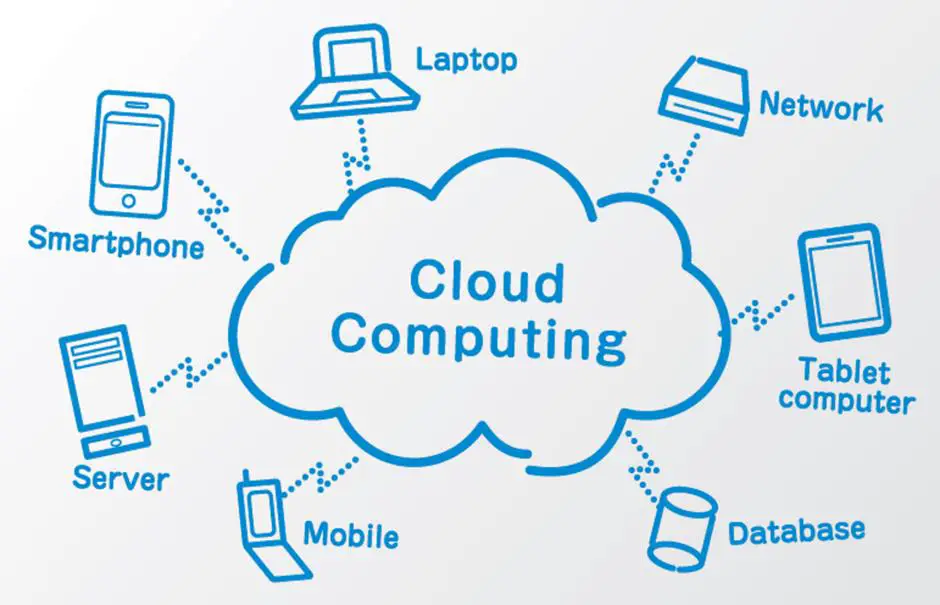Cloud computing, a revolutionary paradigm reshaping the digital landscape, has become integral to modern businesses. Amidst the terminology that swirls around cloud technology, the concept of an “instance” stands out as a fundamental building block. In this SEO Optimized long form article, we embark on a journey to unravel what is an instance in cloud computing, exploring their significance, types, and practical applications.
Decoding Cloud Instances
At its core, an instance in cloud computing is a virtual server, representing a slice of physical hardware within a vast cloud infrastructure. It encapsulates computing power, storage, and network capabilities, providing a scalable and flexible environment for diverse applications.

Image by Canva
Understanding the Anatomy of Cloud Instances
To comprehend the dynamics of cloud instances, it’s essential to delve into their components. Each instance comprises a virtual machine image, storage, and configuration information. The user can choose configurations based on their specific requirements, tailoring the instance to meet the demands of the hosted application.
Types of Cloud Instances
Not all instances are created equal. In the cloud realm, instances come in various types to cater to distinct needs. From General Purpose Instances for versatile workloads to GPU Instances designed for graphic-intensive tasks, the diversity ensures optimal performance across applications.

Image by Canva
Deploying Instances in Cloud Environments
Seamless Instance Deployment
Launching an instance is a streamlined process, thanks to cloud service providers like Amazon Web Services (AWS) and Microsoft Azure. Users can choose the operating system, instance type, and other configurations through a user-friendly interface, enabling swift deployment.
Scalability and Cost Efficiency
Instances offer unparalleled scalability, allowing users to scale up or down based on workload requirements. This flexibility not only enhances performance but also contributes to cost efficiency by aligning resources with actual needs.

Image by Canva
Optimizing Performance and Security
Performance Optimization Techniques
Maximizing the potential of cloud instances involves implementing performance optimization strategies. This includes load balancing, efficient resource utilization, and leveraging auto-scaling features to adapt dynamically to changing workloads.
Ensuring Security in Cloud Instances
Security remains a paramount concern in cloud computing. Providers integrate robust security measures, but users must implement additional safeguards. This includes encrypting data, regular security audits, and adhering to best practices for identity and access management.
Video by edureka! YouTube Channel
Conclusion: What is an Instance in Cloud Computing
In conclusion, understanding what an instance is in cloud computing is pivotal for leveraging the full potential of cloud technology. As organizations increasingly migrate to the cloud, the ability to harness instances efficiently becomes a strategic advantage.
FAQs
1. Can I run multiple applications on a single instance?
Yes, instances are designed to support multiple applications, providing a cost-effective and scalable solution.
2. How is billing calculated for cloud instances?
Billing is typically based on the resources consumed, including computing power, storage, and data transfer. Providers offer transparent pricing models for users to estimate costs accurately.
3. Are there limitations to the scalability of cloud instances?
While instances offer impressive scalability, users should be aware of the limitations imposed by the chosen instance type and the overall capacity of the cloud infrastructure.
4. What is the difference between virtual machines and containers?
Virtual machines emulate complete hardware systems, while containers provide lightweight, isolated environments for running applications.
5. What is serverless computing, and how does it relate to cloud instances?
Serverless computing abstracts away the underlying infrastructure, allowing developers to focus on writing code without worrying about managing servers or instances.




